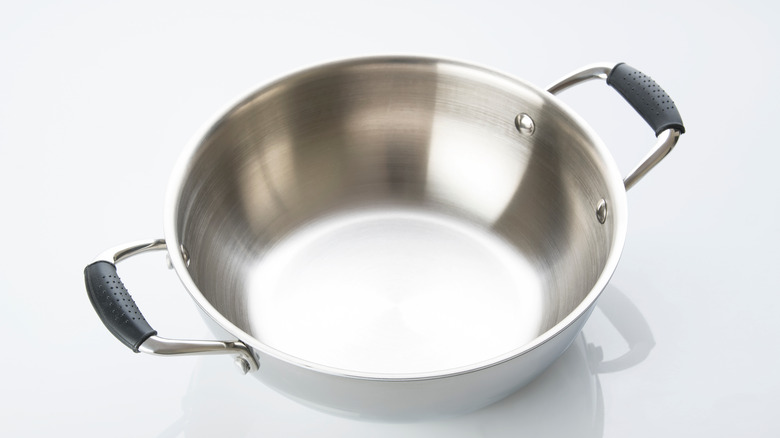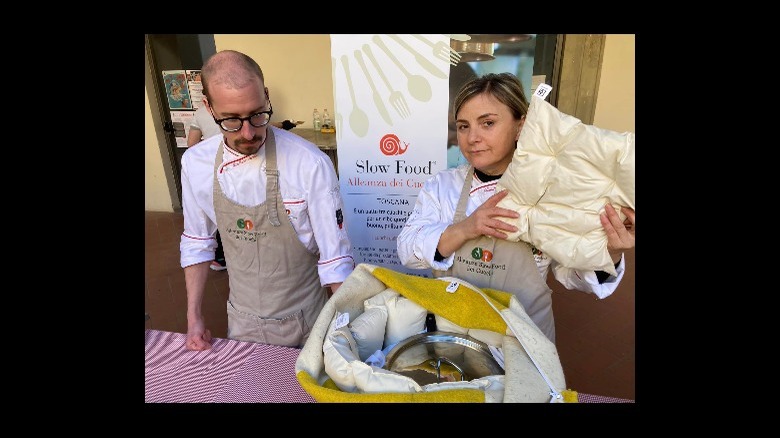The Economical Cooking Method Italians Favored During WWII
The recent sudden rise in inflation in the United States has had an enormous impact on the costs of everyday life: transportation, services, healthcare, gas, and grocery prices, which has disproportionately impacted different communities that are more food insecure. Economic unease has not been restricted to the United States; a worldwide energy crisis has led to unexpected costs for U.K. pub owners. Some even reported this past summer that their energy bills had increased by a jaw-dropping 500% — a shocking enough number to make anyone want to chug down a beer, if only keeping the lights on inside the pub wasn't so prohibitively expensive.
But as with any precarious situation, there is always a silver lining. NPR has visited a Tuscan town where an entrepreneurial Italian woman Gloria Lucchesi stumbled upon an old ingenious tip for saving energy in a cookbook published in 1941, just one year after Italy entered World War II (via History).
A cooking box made of wood and lined with straw
For those worried about how to cook during a climate apocalypse, a solar cooker won't suffice if the sun isn't shining. Luckily, Gloria Lucchesi has kept her grandmother's WWII booklet filled with energy-saving tips to bring the energy-efficient cooking box back into style. The tip called for a wooden box lined with straw, but the resourceful Lucchesi decided to use the wool of the local sheep and launched her own nonprofit cooperative, Filo & Fibra, that offers cooking boxes.
To use a cooking box, one heats a pot to boil with the ingredients inside on a stove as one normally would and then once heated, the pot is placed within the cooking box. There, the heat is retained, and the stew inside will continue to cook slowly over a period of a few hours — which gives a dual benefit of saving money on gas bills as well as time standing over a hot stove. If you're interested in your own cooking box, you may be able to rustle one up yourself at home: Wisebread states that one can be made out of cardboard boxes, old towels, and even old phone books.

